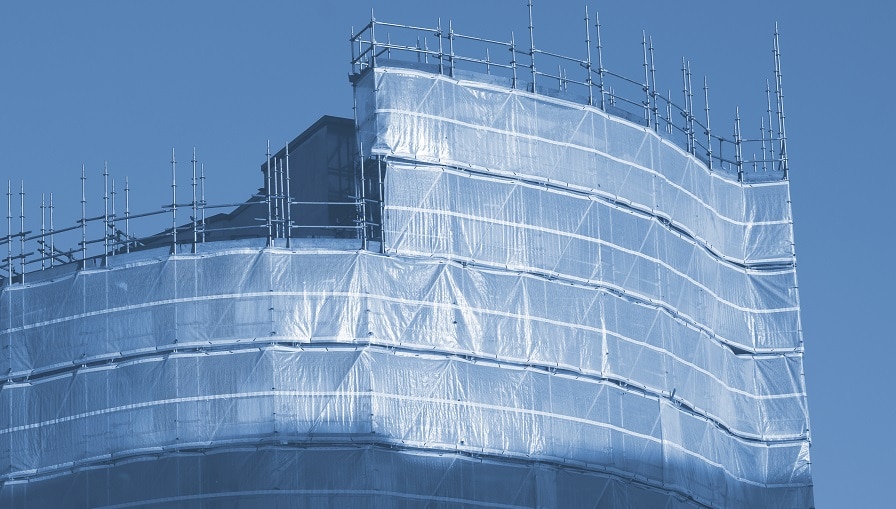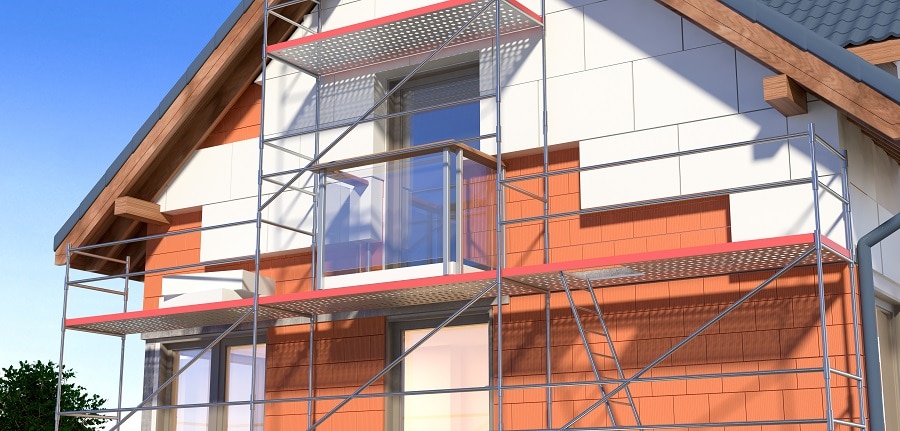Accidents in the construction industry have a high fatality rate compared to other sectors, and the frequency of minor accidents is staggering. This shows that construction sites are a health and safety nightmare. A variety of risks and hazards that may result in potentially fatal accidents are regular features of the construction industry.
Stakeholders must address safety measures to reduce the occurrence of accidents on construction sites, but several safety measures are critical and require urgent attention. Listed below are some of the top construction site hazards you will encounter at a construction site and methods that you can use to control them.
Moving objects
There is always a risk of accidents on construction sites during any stage of construction work because construction sites undergo frequent changes. In and around constructions, objects like cars, diggers, elevators – all operate in one space, which means these moving objects in and around building sites can cause hazards. The right Personal Protective Equipment (PPE), such as safety helmets, biohazard suits, and high visibility garments, is often required by staff on-site to handle the risk of hazards caused by moving objects.
Avoid standing close to moving objects
Be conscious of what is around you on a construction site. There can be moving objects that don’t have beepers or lights.
Noise
HSE reports showed that from 2007 to 2011 over 1505 construction work-related claims were recorded in the UK. Women accounted for 10 of these cases, with men making up a staggering 1495 cases. This shows that construction sites are dangerous not just because of moving equipment but because of the extremely high noise levels.
What compounds the problem is that construction workers are pretty lax about wearing protective hearing gear. In addition to this, the wrong or fake protective hearing gear are given to the workers. Safety measure: always use the correct hearing guard on the building site.
Asbestos
Did you know asbestos is made up of six different fibrous minerals? Damaging or disturbing materials that have asbestos releases the fibrous minerals into the air. Although asbestos is an organic mineral, it can cause severe health problems and may even be fatal if inhaled.
Asbestos inhalation has been linked with diseases such as lung cancer, pleural thickening, and asbestosis. Asbestos is responsible for the deaths of over 5000 construction workers each year, killing an average of 20 tradesmen every week.
These staggering numbers in the UK are consequences of over 500,000 asbestos-infested public buildings. Safety precaution: informing your employees of asbestos in your worksite is your duty as an employer. Moreover, if your employees encounter products with asbestos, they must know the right actions to take.
HAVS
HAVS (Hand Arm Vibration Syndrome) is a debilitating and painful disease of the nerves, joints, and blood vessels. It is generally due to the long-term use of handheld control equipment such as vibratory equipment and groundwork equipment. Thankfully, it is possible to prevent HAVS. However, when the damage has been done, it is permanent.
HSE claims approximately 2 million building workers are at risk of HAVS. The effects of the disease include the inability to do work, as well as cold temperatures triggering painful attacks to the fingers. Safety measure: ensure that you wear the relevant PPE gear when using vibrating tools and ensure that equipment is regularly maintained.
Falls
About 40 percent of building site injuries stem from falls, resulting in them being the leading cause of death on building sites. For protection: the golden rule of security is always using fall protection regardless of the fall distance. Another crucial safety tip is to conduct regular checks of your fall protective gear before use.
Keep an eye out for stress cracks, knotted or frayed ropes, or broken areas. It is a must to have the right scaffolding systems. If you are searching for a reputable scaffolding company to make your site safer, contact Ace scaffolding in Burgess Hill.
Takedowns
Anyone familiar with the construction industry will know construction projects aren’t only about putting things up – things also have to come down. Demolition is a natural part of the process. Some projects also include underground works or site excavations, all of which can lead to major injuries and crashes on the worksite.
Precautionary measures: regular reviews of potential collapse risks should be carried out during the different phases of the project. You must conduct a regular assessment of the integrity of temporary structures like protection barriers and scaffolding systems. Identify risk zones clearly and place visibility signals to alert workers of these zones.
Vehicles
Work on construction sites often involves the use of moving machinery and vehicles. According to a report released by the NHASA, one of the most frequently occurring fatal accidents on construction sites is being struck by moving vehicles. Safety precautions: there should be a full assessment of vehicle use and safety protocols – designated traffic management and moving vehicle zones, with the use of the right signage and the right barrier systems.
On a final note – put safety first. Written safety pass policies significantly reduce the number of construction accidents on a site. Incorporating on-site safety programs that supply the workers with daily and weekly safety guidelines and reminders is a great idea. Remember to invest in the right protection equipment. On construction sites, regular maintenance of equipment and machines can be the thin line between life and death. Keep your work site safe by ensuring safety assessments are not missed.














